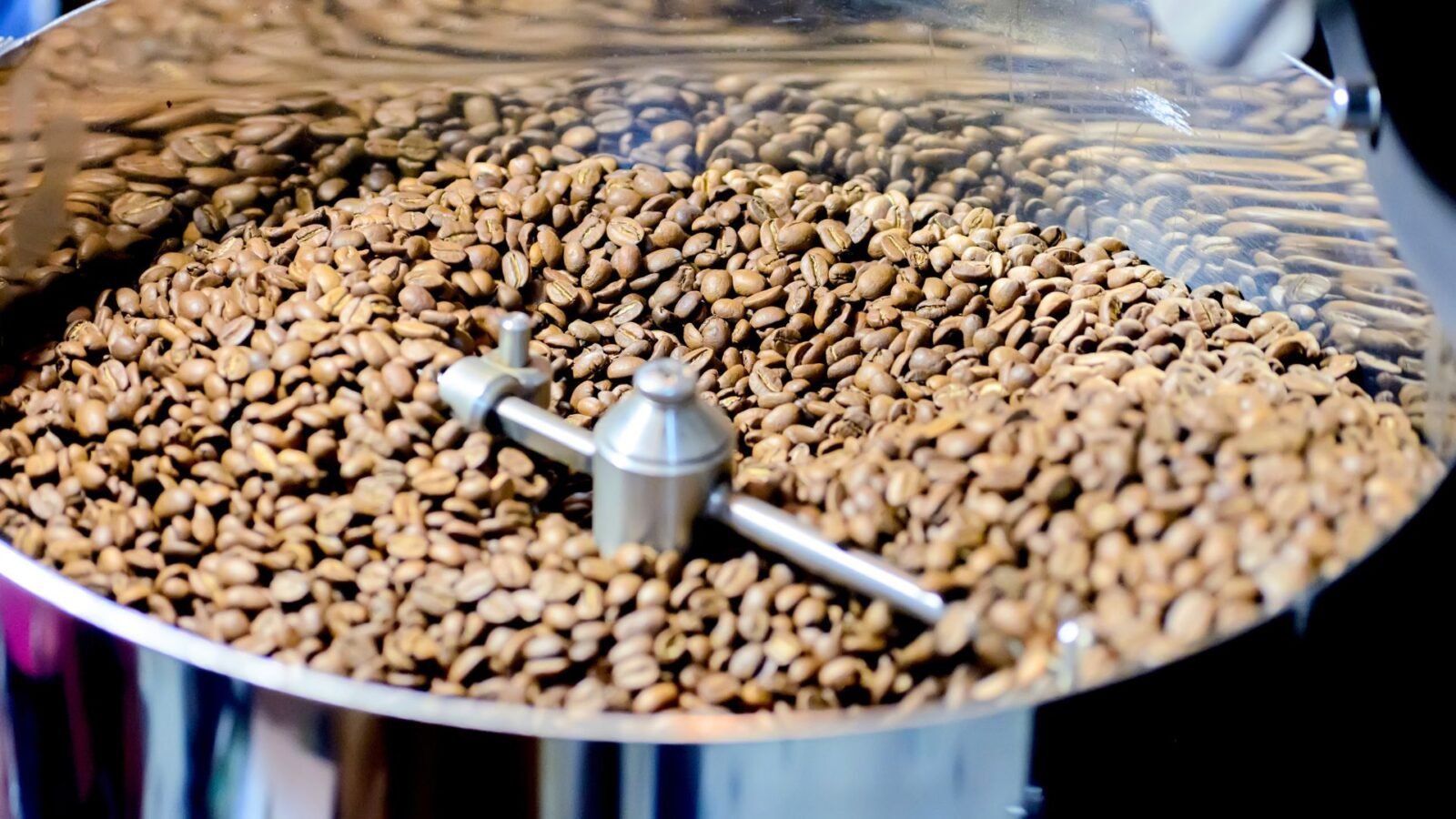Despite their appearance, coffee beans are actually classified as legumes. This surprising classification stems from the fact that they come from the Coffea plant, which belongs to the same botanical family as other legumes. This connection opens up a fascinating perspective on coffee beans, aligning them with a family known for its rich nutrient content and unique properties.
What is Legumes
Legumes are a group of plants in the family Fabaceae (or Leguminosae) known for their seed-bearing pods. Common examples of legumes include beans, lentils, peas, chickpeas, soybeans, and peanuts. These plants are notable for several reasons:
- Nutritional Value: Legumes are rich in protein, fiber, vitamins, and minerals. They are a staple in many diets around the world and are often used as a primary protein source in vegetarian and vegan diets.
- Nitrogen Fixation: Many legumes have a symbiotic relationship with nitrogen-fixing bacteria (Rhizobia) in their root nodules. This relationship allows them to convert atmospheric nitrogen into a form that plants can use, enriching the soil and reducing the need for chemical fertilizers.
- Versatility: Legumes can be used in various culinary applications, from soups and stews to salads and snacks. They can be dried, canned, or frozen, making them a versatile and long-lasting food source.
- Health Benefits: Consuming legumes has been associated with numerous health benefits, including improved digestive health, better blood sugar control, and reduced risk of chronic diseases such as heart disease and diabetes.
Coffee Beans and the Legume Family
Nutrient Content of Coffee Beans
When examining the nutrient content of coffee beans, one can see the similarities they share with traditional legumes. Coffee beans are rich in protein, fiber, and essential minerals, which are hallmark nutrients found in legumes. These nutrients play vital roles in maintaining health, such as supporting muscle function, promoting digestive health, and providing necessary minerals like magnesium and potassium. Despite their primary use as a source of caffeine, coffee beans offer a nutritional profile that is quite similar to that of other members of the legume family.
Association with the Legume Family
The classification of coffee beans as part of the legume family has significant implications. This association highlights a shared evolutionary history and genetic similarities between coffee beans and other legumes. Both coffee beans and legumes have evolved mechanisms to store nutrients and survive in various environments, leading to their rich nutrient content. Understanding this connection can provide insights into the cultivation and nutritional benefits of coffee beans, offering a deeper appreciation for their place within the plant kingdom.
Conclusion
In summary, coffee beans are classified as legumes due to their botanical origins in the Rubiaceae family. This surprising classification reveals a shared nutrient profile with traditional legumes, including protein, fiber, and essential minerals. The evolutionary history and genetic similarities between coffee beans and legumes further emphasize this connection. Next time you enjoy a cup of coffee, take a moment to appreciate the fascinating botanical link between your favorite beverage and the legume family.







